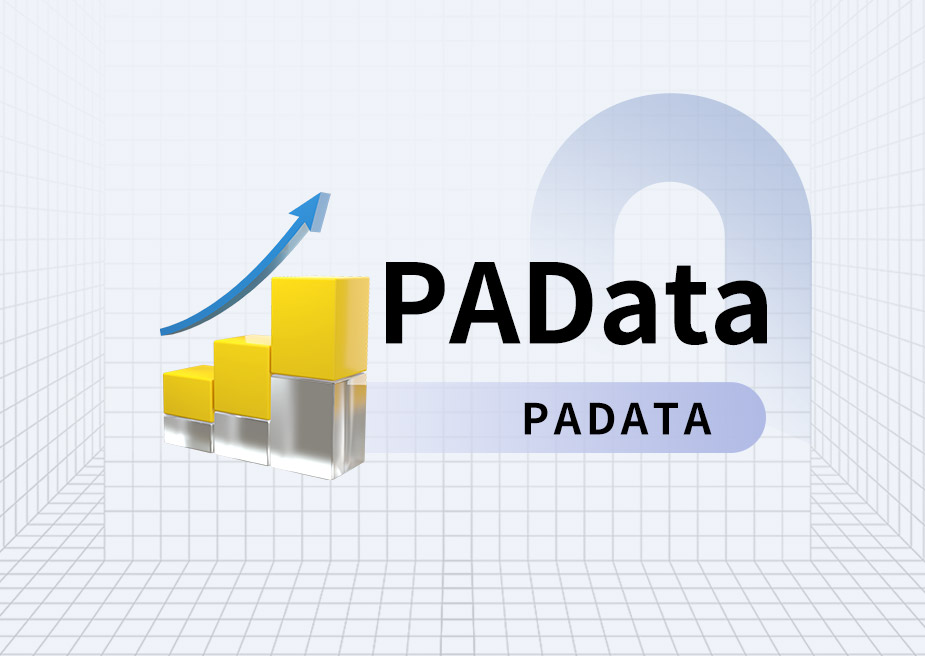Author: Yue Xiaoyu
The stablecoin wars have begun.
With the implementation of the US Stablecoin Act (GENIUS), traditional finance has accelerated its entry into the market, and six major forces have been formed:

The largest force is Tether, which issued USDT.
Tether has sided with Commerce Secretary Lutnick.
This camp also includes Bitfinex, Cantor Fitzgerald (former CEO of the Secretary of Commerce), CEP (the son of the Secretary of Commerce + SoftBank investment), and BitDeer (Tether holds a 25.5% stake).
USDT has a market value of 150 billion US dollars and a market share of 66.5%, and has already occupied an absolute dominant position in the market.
The second largest force is the Coinbase and Circle consortium.
They don’t have any political resources, but the future explosion point lies in scene resources.
For example, Meta itself is not a financial company and cannot issue stablecoins, so it is discussing cooperation with Circle, using Instagram as a pilot first, and using stablecoins for small rewards.
Circle's USDC, with a market value of $61 billion and a market share of 28.3%, can be said to be the largest compliant stablecoin.
The third largest force is USD1 issued by the Trump family.
Abu Dhabi Royal Family's MGX Sovereign Fund and Binance are also in this camp.
When MGX invested $2 billion in Binance, it was all paid with USD1, a stablecoin issued by the Trump family.
Moreover, USD1 was first launched on Uniswap on Ethereum and Pancake on the BNB chain.
This group has the strongest political power, but also the greatest implicit political risks.
The fourth largest force is Stripe, which issued the USDB stablecoin after acquiring Bridge.
Stripe is the world's largest traditional payment solution provider, so it has very strong payment scenario advantages.
The fifth largest force is Paypal, which issued PYUSD.
PayPal has a huge user base, but is under-promoted.
It was popular on the Solana chain for a while before, and even offered a very high dividend of 15% to 20% to attract users.
However, after all these years, the company has only made $900 million, and it seems that it is not very good at operations.
The sixth force is an alliance of large American banks such as JPMorgan Chase, Citigroup, and Wells Fargo, as well as Zelle, which is similar to Alipay in the United States, to jointly issue a stable currency.
The advantage of the top banking alliance is its high credibility, while the disadvantage is the difficulty in coordination.
What will the future market landscape of the stablecoin sector look like?
In fact, the market structure of the benchmark exchange can be compared: exchanges can be divided into offshore exchanges and compliant exchanges, and stablecoins can also be divided into offshore stablecoins and compliant stablecoins.
USDT is undoubtedly the leader in offshore stablecoins, while USDC is the leader in compliant stablecoins.
So, does this mean that other stablecoins have no chance?
In fact, in different countries and regions, as well as different business fields, there will be many local leaders like "local snakes", such as Hong Kong's Hong Kong dollar stablecoin and Stripe stablecoin in the e-commerce field.
These local leaders are like small tentacles, infiltrating digital dollars into various marginal areas and segmented business scenarios.
There will definitely be a "hundred-coin war" in the future stablecoin market, and we can wait and see the development of stablecoins.







